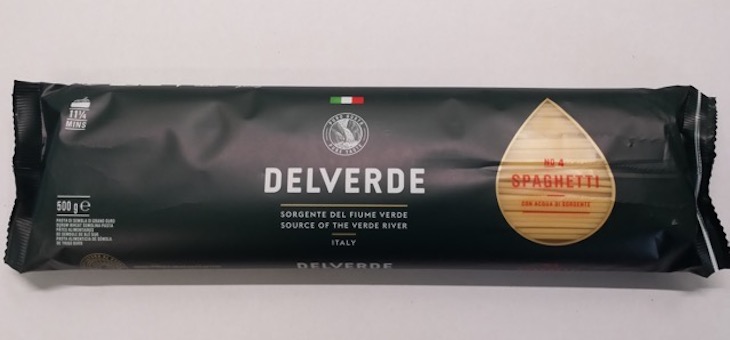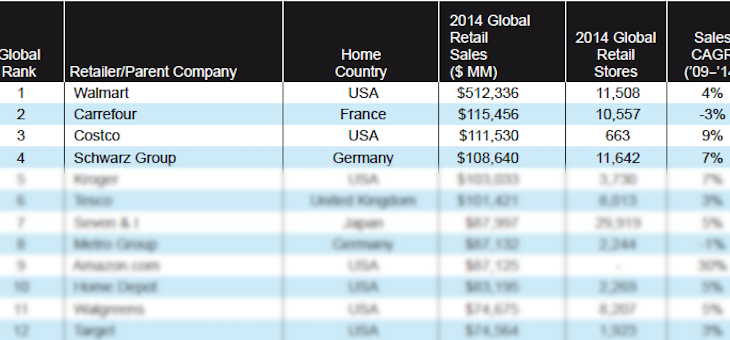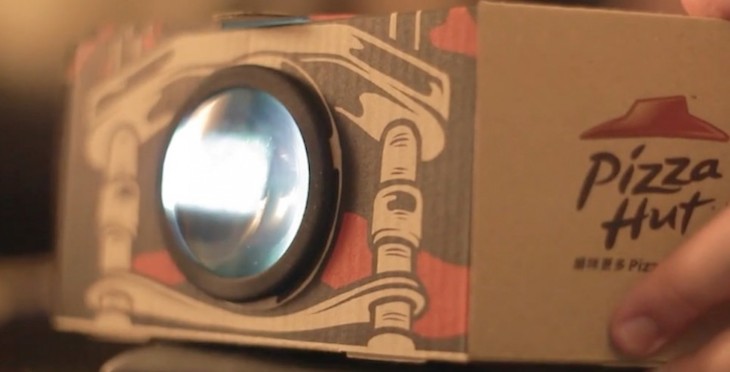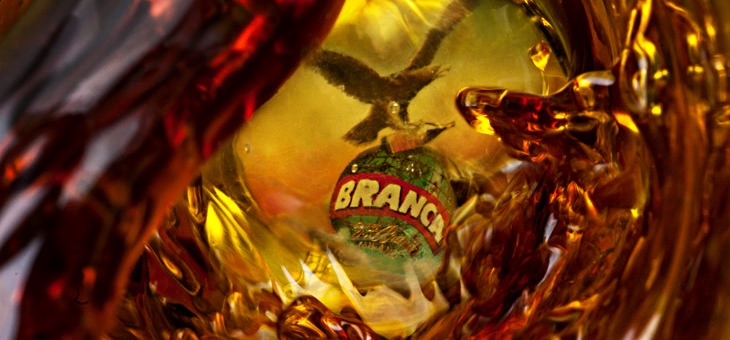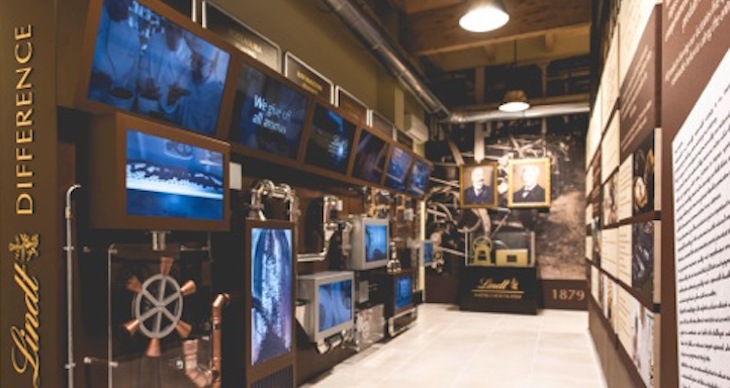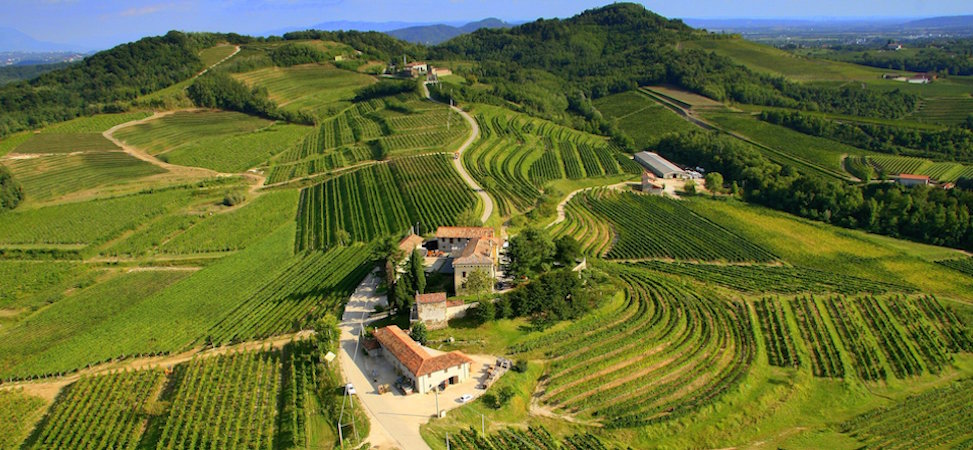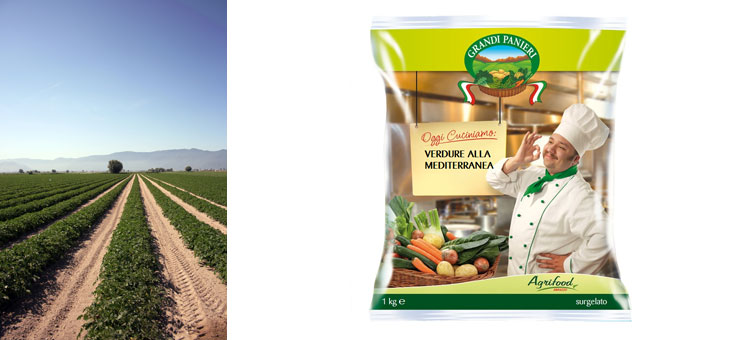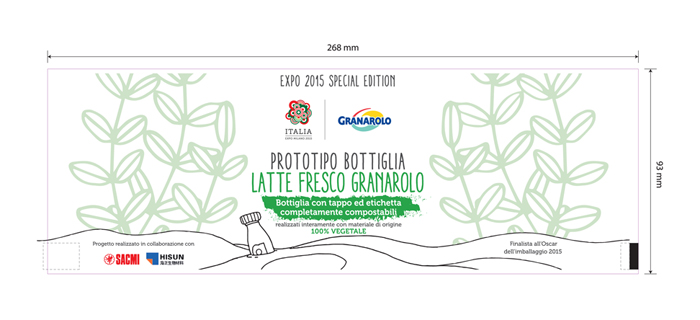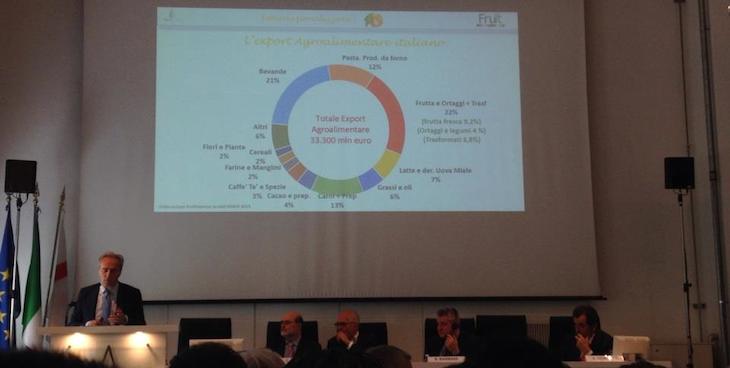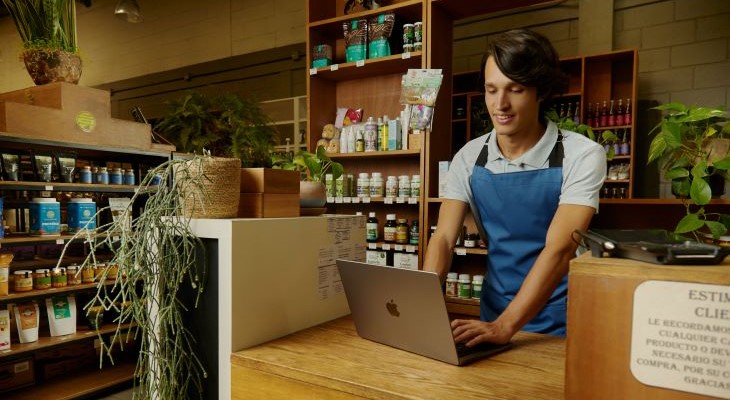The new brand image and new packaging of Pastificio Delverde have been presented at Expo, in the Federalimentare CIBUS E’ ITALIA Pavilion.
The pack is designed not only to have maximum visibility and differentiation on the shelf but also to satisfy the most demanding consumers, with a series of value-added services, such as geolocalised QR code, which immediately provides a variety of recipes in different languages, and the inclusion “split-second” cooking times to ensure optimal results.
The focus of the new image concentrates on the uniqueness of the processing of the pasta that takes place in the Maiella National Park, thanks to the work of master pasta makers that combine the best durum wheat semolina with the purest water from the Spring of the River Verde. And the new communication focuses precisely on this very ancient spring, dating back more than 7 million years, from which Delverde draws a microbiologically pure and multi-mineralised water, full of important elements (such as calcium, phosphorus, potassium and magnesium) which are also transferred to the pasta. The water is used directly in the production process (without storage, filtration, chlorination or thermal treatment), after having been drawn at a depth of 80 metres at the natural temperature of 8°C, considered ideal for kneading and for those working with low drying, since it creates the best conditions for protection of the gluten and allows a pasta with good consistency and stability during cooking to be produced.
The new brand image enhances the role of the water through the new logo, simpler and more essential, with its clean design, evoking the purity of the ingredients. First and foremost, of course, the water, an iconic element which is the protagonist of the new pack, where we find the distinctive image of the drop (as a window or as a graphic representation) as well as a pictogram representing a seal depicting the spring of the River Verde, emphasising the link between water and pasta.
The graphic restyling was entrusted to Saatchi & Saatchi. The launch of the new pack will be supported in store by updated POP materials to communicate the new brand image, as well as by an international press campaign that will have as its main focus water and which will run in the main markets of the brand, Canada and Brazil first of all and, of course, Europe.
“We could not be missing at the biggest event ever organised on food and nutrition – said Luca Ruffini, Managing Director of Delverde – and we thought that Expo 2015 could be the best opportunity to present ourselves with a new image, which fully represents our values as a “premium” pasta manufacturer. Our philosophy is closely linked to the excellence typical of Made in Italy, that every day we seek for our consumers, thanks to the experience acquired in production processes and to the extraordinary raw materials available to us, first and foremost, the pure water of the Spring of the River Verde”.

